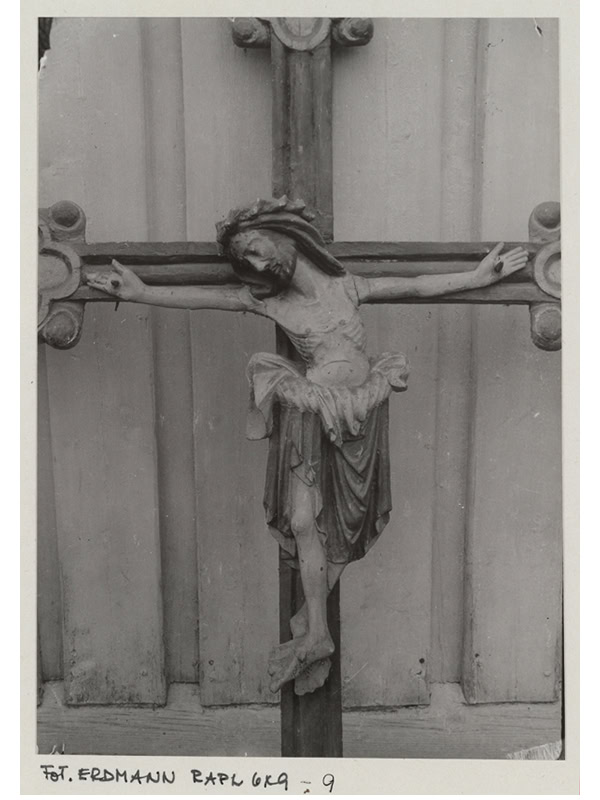
Conservators’ perception of their own professional role
– A reflexive study with a basis in conservation and restoration of church art
The conservator assesses and balances in his or her work the different values of an object and takes influence on how objects are understood, perceived and valued.
The use of the term “restoration” and the position interventions with an esthetical goal have in the conservator’s work, is discussed within the field. In this project we wish to investigate how conservators in Norway today relate to the ethically challenging aspects of our discipline by looking at treatment of painting and painted sculptures from churches. Main focus is on the parts of treatment that many refer to as “restoration”. The purpose of the study is to explore how conservators think about conservation and restoration of church art, what matters to our decisions, what we think about our own role and what values we have with us in our work. We have an inductive and exploratory position that opens up for new topics and issues to come up along the way.
Church art has been chosen as a theme for several reasons: firstly, the church buildings, with art and furniture, are among the most important cultural monuments we have in Norway. In addition, the management of church art is interesting because these objects are bearers of many different values and meanings.
The project includes interviews with professional conservators who work with painting and painted sculpture in churches.
Project managers: Christina Spaarschuh and Hanne Moltubakk Kempton
- Status In progress
- Client NIKU
- Time 2016-2018

